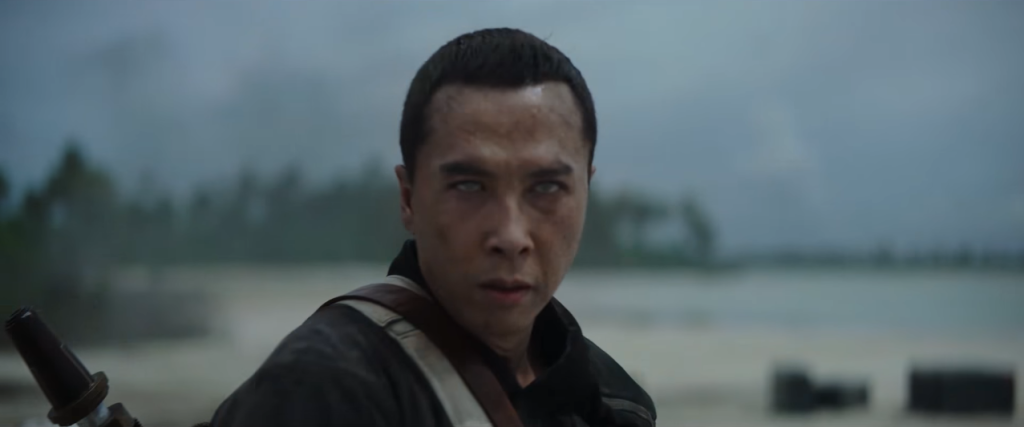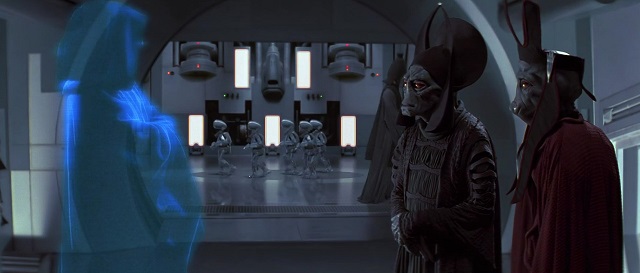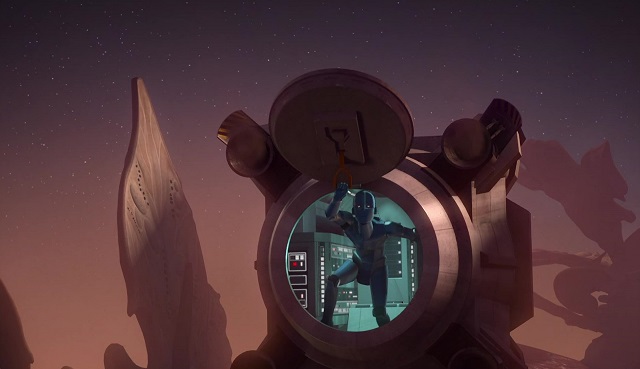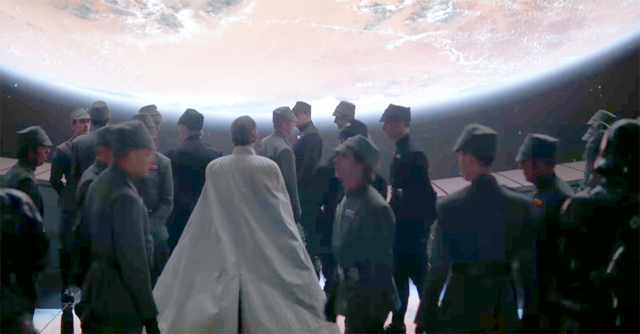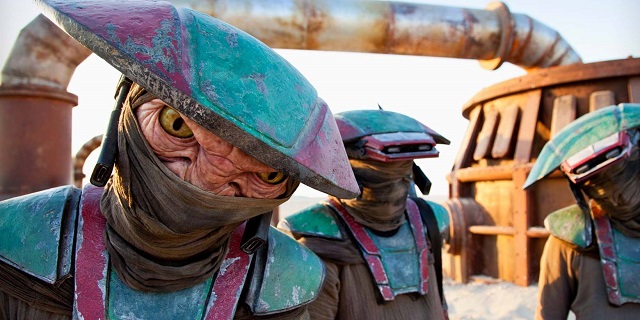
One of the more interesting recurring critiques of The Force Awakens around this time last year was the lack of established alien species. The film’s species diversity was tough to contest in pure numerical terms (I’d have loved to see more aliens in the Resistance, but it was roughly on par with Return of the Jedi in that area—and it certainly turned out to be better than Rogue One), but a notable number of the film’s detractors specifically expressed regret that amidst all the Hassks, Frigosians, and a sudden onslaught of Abednedos, not a single Twi’lek or Gran or Mon Calamari was seen.
What recurring species did appear came in the form of returning established characters like Chewbacca and Ackbar and Nien Nunb, with one hilarious exception: Constable Zuvio, likely by happy coincidence more than the designers’ intent, ultimately turned out to be a Kyuzo, the same species as The Clone Wars‘ bounty hunter Embo. And Zuvio, famously, is barely in the movie at all—about three frames, according to Wookieepedia.
Leaving aside for a moment the question of whether this is a good thing or a bad thing, this has been rolling around in the back of my head all year: just how does TFA really compare to the other films in terms of its alien population? And is Rogue One, for all the emphasis on its contingent of Mon Calamari, really much different? Did the latter film do something right, here, that the former did wrong? Now that we’ve got a pretty solid amount of data on RO, I decided to find out. Read More
